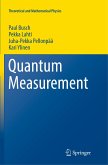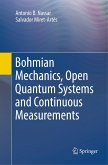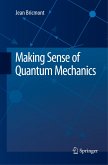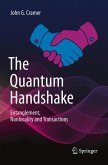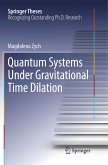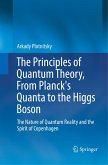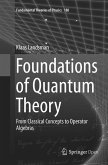This book presents a comprehensive mathematical study of the operators behind the Born-Jordan quantization scheme. The Schrödinger and Heisenberg pictures of quantum mechanics are equivalent only if the Born-Jordan scheme is used. Thus, Born-Jordan quantization provides the only physically consistent quantization scheme, as opposed to the Weyl quantization commonly used by physicists. In this book we develop Born-Jordan quantization from an operator-theoretical point of view, and analyze in depth the conceptual differences between the two schemes. We discuss various physically motivated approaches, in particular the Feynman-integral point of view. One important and intriguing feature of Born-Jordan quantization is that it is not one-to-one: there are infinitely many classical observables whose quantization is zero.
"In this book, the Born-Jordan and Weyl quantizations are confronted and discussed into details. ... The book is well written and in great part self-contained, it is intended as an introduction to Born-Jordan quantization both for physicists and mathematicians. The subject is analyzed both from the physical and the mathematical point of view." (Giovanni Rastelli, zbMATH 1338.81014, 2016)


